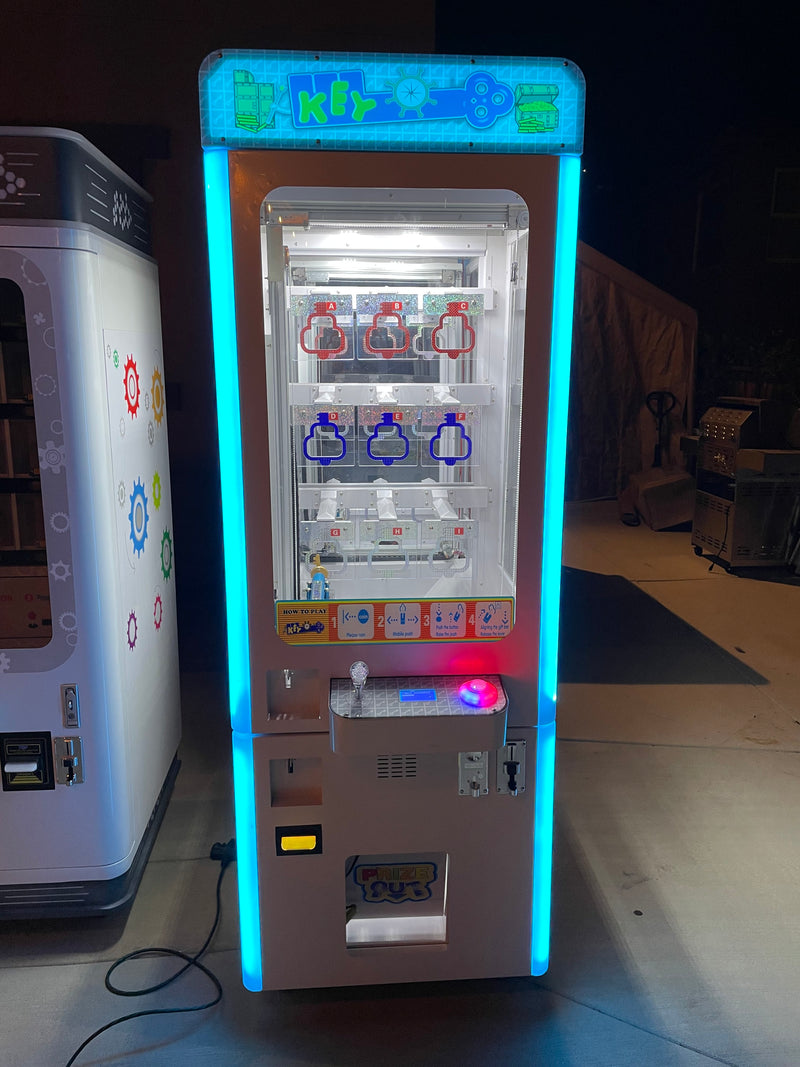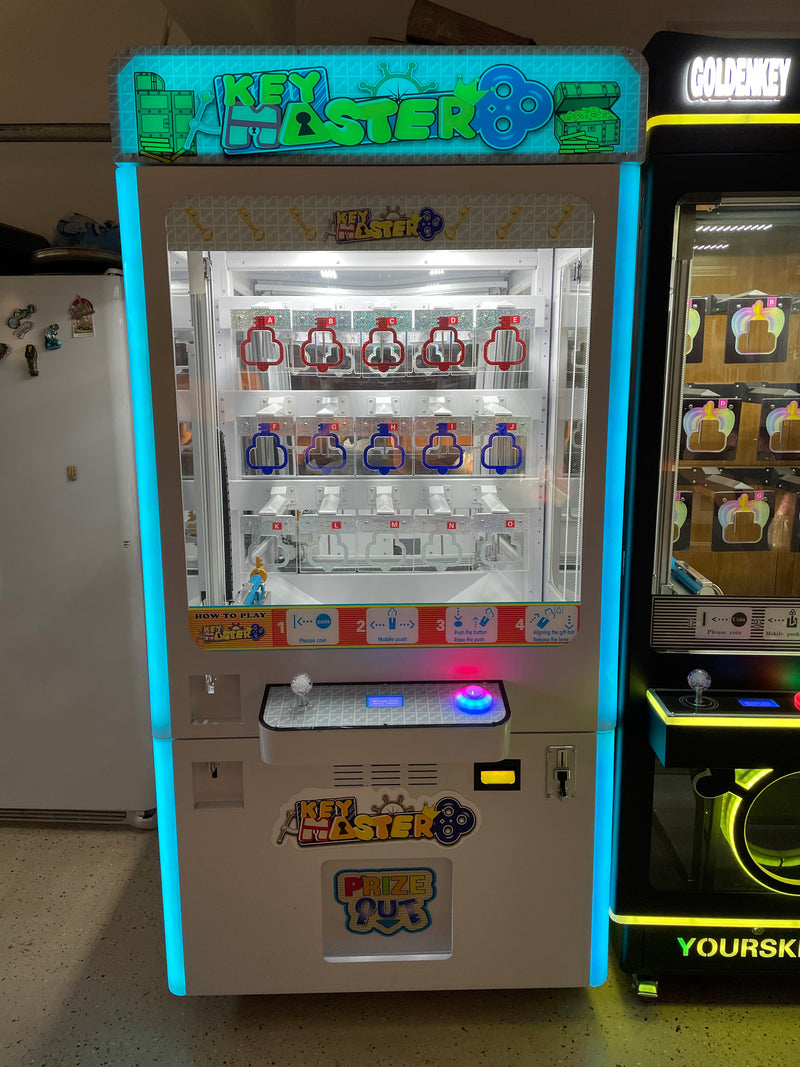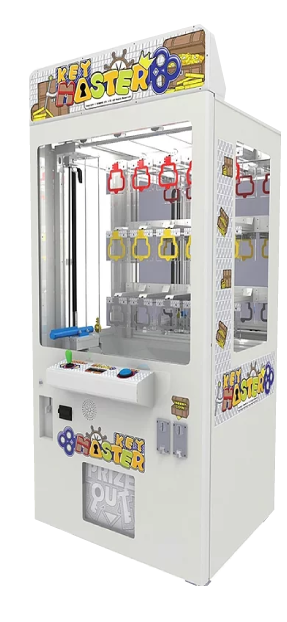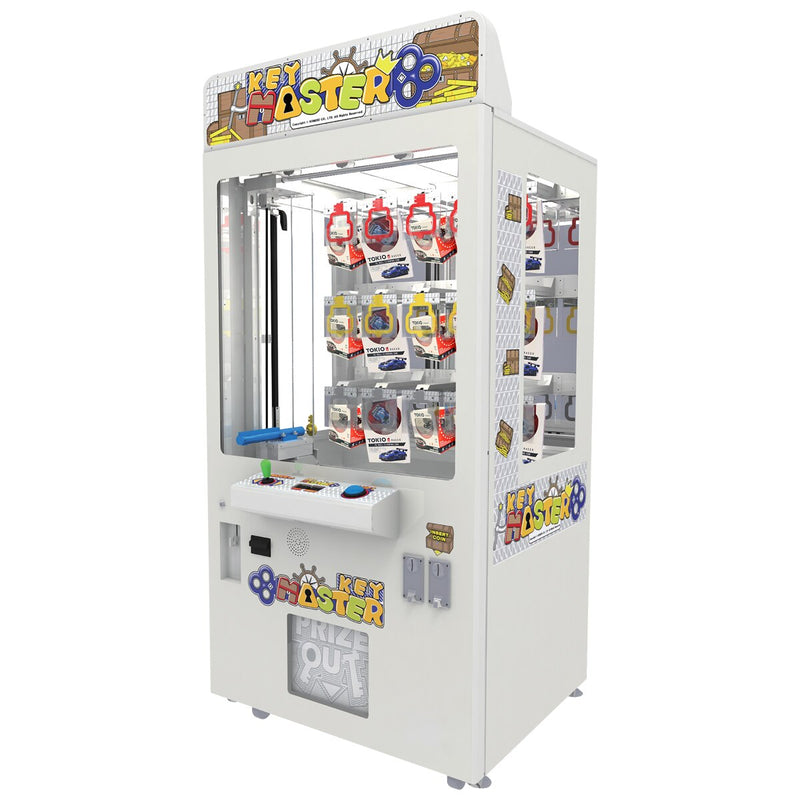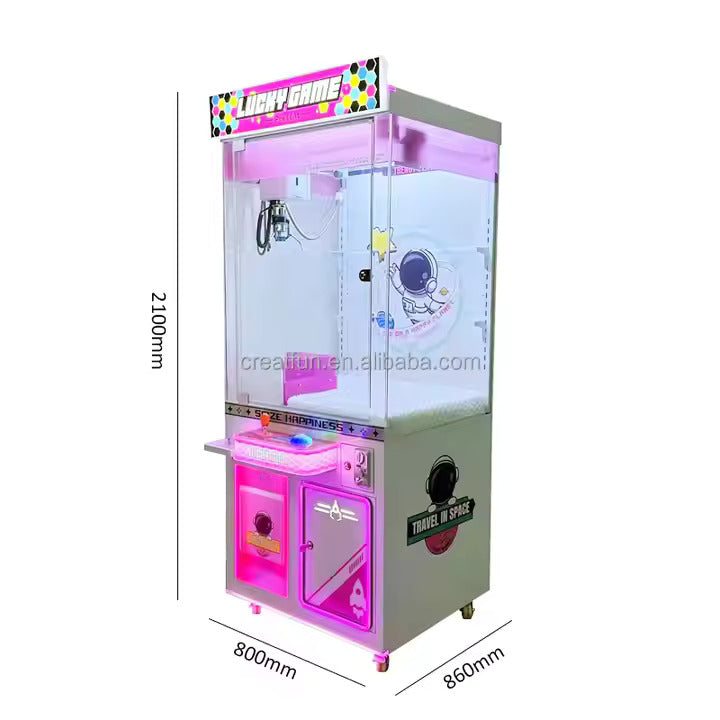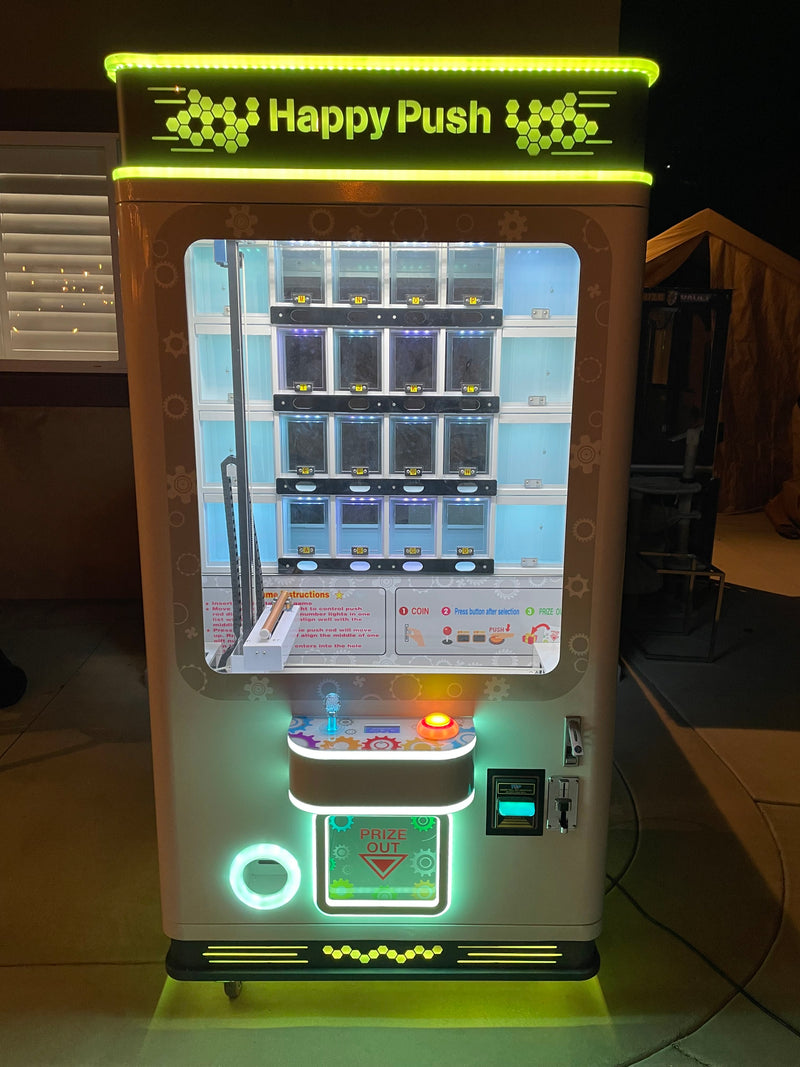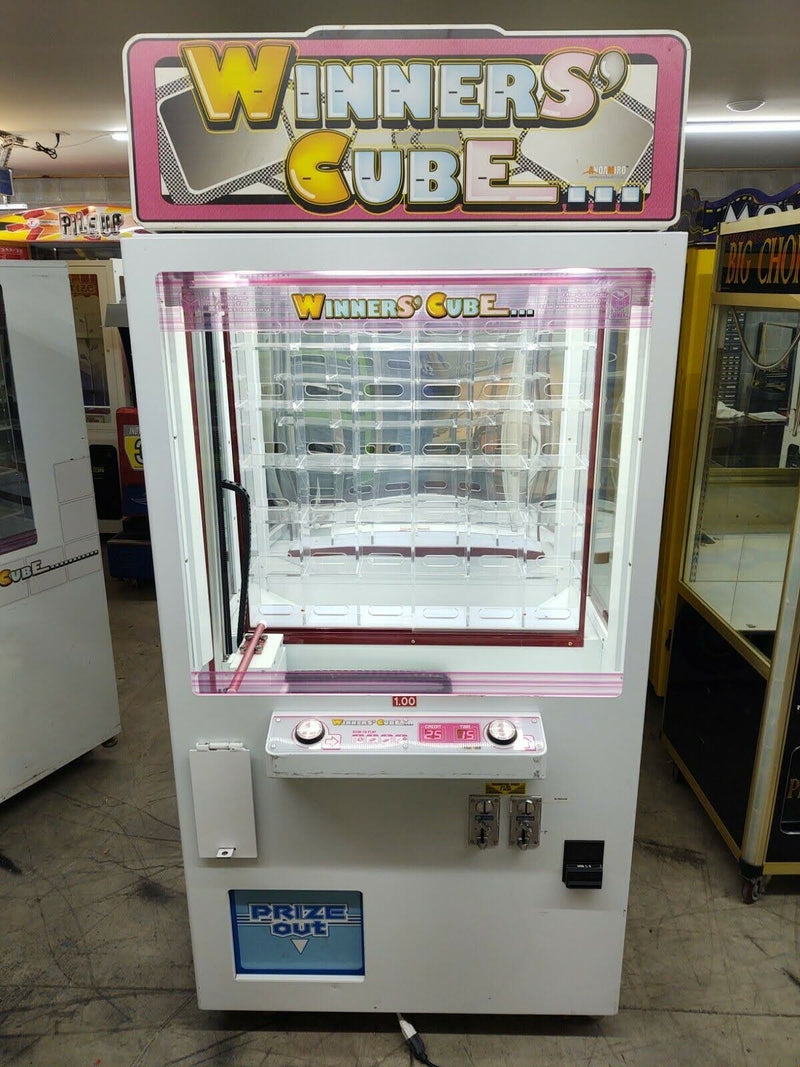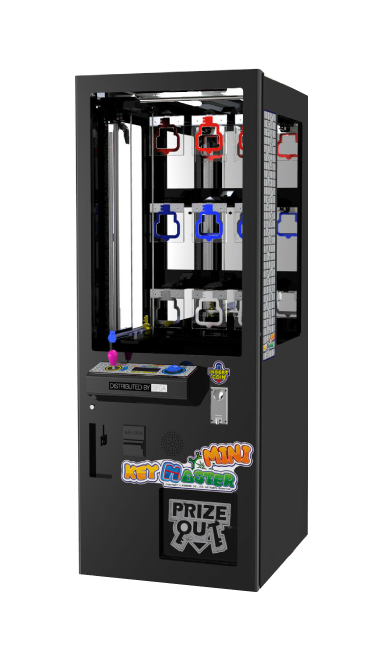Nod To Nostalgia from Tokens to Touchscreens with Arcade Machines in Grocery Stores

A universe of unexpected delight exists in the world of grocery shopping, where customers desire efficiency and convenience. In this world, entertainment and running errands coexist harmoniously. The grocery store arcades, an ever-evolving aspect of our shopping experiences that has undergone decades of change, are these unassuming havens of gaming enjoyment.
Imagine a period when a few pence could whisk you away to exotic realms when fending off alien invasions or devouring ghosts was the pleasure of a trip to the supermarket. In the touchscreen technology of today, swipes and touches bring digital wonders to life. This is the tale of how these Arcade Machines in Grocery Stores, hidden among the cereal boxes and fresh food, have evolved, amused, and unintentionally become a defining element of contemporary supermarket culture.
The First Arcade Games Came To Grocery Stores
In the late 1970s and early 1980s, arcade games first became available in grocery shops. Classic arcade games like Pac-Man, Space Invaders, and Donkey Kong were extremely popular during this time. Supermarkets installed these coin-operated machines next to the store doors or in specified areas in an effort to draw customers, particularly parents with children.
These vintage grocery store arcades mainly consisted of upright cabinets with buttons, joystick controls, and CRT monitors. In order to play for a few minutes while they waited in line at the register or for their parents to finish their shopping, players would insert quarters or tokens. The arcade games quickly gained popularity, giving customers amusement and giving grocery stores a way to make money.
The Games Of Redemption Shift
As the 1990s arrived, grocery store arcades started to concentrate more on redemption games and less on classic video games. These games encouraged players to win tickets that could be redeemed for prizes at a redemption counter and frequently featured ticket dispensers. Skee-ball, basketball hoops, and whack-a-mole quickly established themselves as standard fare in these arcades.
The addition of redemption games gave the arcade experience a fresh perspective. Players could pursue physical prizes in addition to the exhilaration of gameplay. A wider audience was drawn in by this shift in emphasis, including families and recreational gamers. Additionally, since players had to spend more money to acquire tickets for prizes, grocery store arcades were more lucrative.
The Touchscreen And Mobile Game Revolution
The gaming industry underwent a tremendous transition in the 2000s, including grocery store arcades. There was a significant impact from the introduction of touchscreen technology and the growth of mobile gaming. Players were given a new kind of interactive experience when grocery stores started to offer touchscreen arcade games.
Touchscreen Arcade Machines in Grocery Stores from Pankour Vending made a wide variety of games available, including puzzle games, quizzes, and digital renditions of traditional board games. Players of all ages could utilize these machines because they were simple to use and intuitive. These tablet games were especially appealing to parents with young children shopping because they offered a calm and interesting activity.
The Rebirth Of Retro: Classics And Emulators
Retro gaming has seen a revival in popularity recently, and grocery store arcades have embraced this development. Some grocery stores have installed arcade cabinets with emulators that provide a selection of vintage arcade games. By playing games like Street Fighter II, Mortal Kombat, and Sonic the Hedgehog again, these cabinets let players relive the nostalgia of the 1980s and 1990s.
Both older players who have pleasant memories of these vintage games and younger gamers who are eager to delve further into the history of video game culture have found resonance in this return to retro gaming. It also emphasizes the everlasting appeal of these books and their capacity to cross generational divides.
The Future Of Arcades In Grocery Stores
Future grocery store arcades present intriguing possibilities, as we look to the future. We may anticipate even more immersive and interactive gaming experiences as a result of technological advancements. Arcades in grocery stores may soon feature virtual reality (VR) and augmented reality (AR), giving gamers the ability to enter virtual worlds as they wait for their purchases.
Additionally, the addition of internet multiplayer capabilities might turn the video game arcades in grocery stores into hubs for social gaming. Players might engage in real-time competition with friends or even complete strangers, establishing a sense of community and rivalry within the store.
Stress Reduction And Diversion
For shoppers, the act of gaming itself can be a helpful stress reliever and diversion. Despite being necessary, going grocery shopping can occasionally be boring or frustrating. A chance to relax, unwind, and momentarily escape from the stresses of daily life is presented by the presence of these machines.
The arcade games are appreciated by parents in particular since they may occupy kids and keep them happy while out shopping. This can make it easier for parents to shop and decrease the chance that their kids will get bored or restless.
Stores' Revenue Generation
While improving the shopping experience is the main goal of grocery store arcades, they also give supermarkets a way to make money. The coins, tokens, or credits that gamers buy to utilize the devices generate revenue. Additionally, players are frequently encouraged to spend more money on redemption games in order to acquire additional tickets and rewards.
These machines have been valued by shop owners for their ability to draw customers and keep them there for extended periods of time. As a result, they keep making investments in and maintaining these recreation spaces.
Cognitive And Educational Benefits
In-store touchscreen arcade games today frequently have educational components. These games can improve the cognitive talents, problem-solving skills, and knowledge of both kids and adults. Puzzle games and trivia tests, for instance, test players' critical thinking skills and promote learning through play.
Additionally, some supermarkets include instructional activities that encourage healthy eating or reveal product content. These video games entertain players while simultaneously providing insightful information, serving a dual purpose.
Accessibility And Inclusivity
Each player will find a game they enjoy playing at the arcades found in grocery stores. Players of all ages and skill levels can find something pleasant, from vintage arcade games to touchscreen puzzles. This openness fosters a sense of community and guarantees that players with various game preferences can take part.
Additionally, touchscreen arcade games are frequently made accessible to those with disabilities. The screen brightness, sound volume, and control sensitivity of these devices may all be modified, making gaming more accessible and pleasurable for all users.
The Future Of Entertainment And Community
We should expect a bigger emphasis on entertainment and community development as grocery store arcades continue to change. The future of these mini-arcades will be shaped by the blending of gaming with social networking, interactive technology, and educational elements.
A sense of community and belonging can be fostered by connecting with friends and rivals in grocery store arcades thanks to the advent of online multiplayer functions, as was previously indicated. Additionally, the combination of AR and VR might take users to completely different gaming realms inside the store.
Players' Changing Preferences
From their coin-operated beginnings to the touchscreen and mobile gaming era, Arcade Machines in Grocery Stores from Pankour Vending have evolved. This evolution reflects not only the changing technology landscape but also the varying desires of players. In order to satisfy the entertainment needs of customers, these mini-arcades have continually made adjustments, bringing delight and distraction to the midst of tedious tasks.





